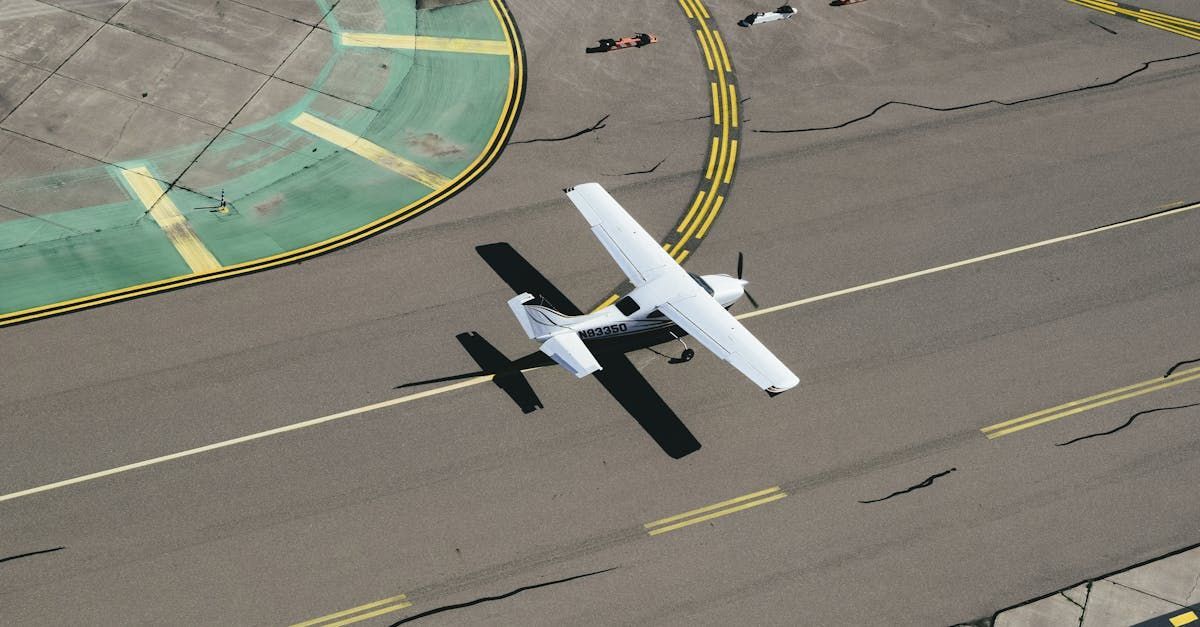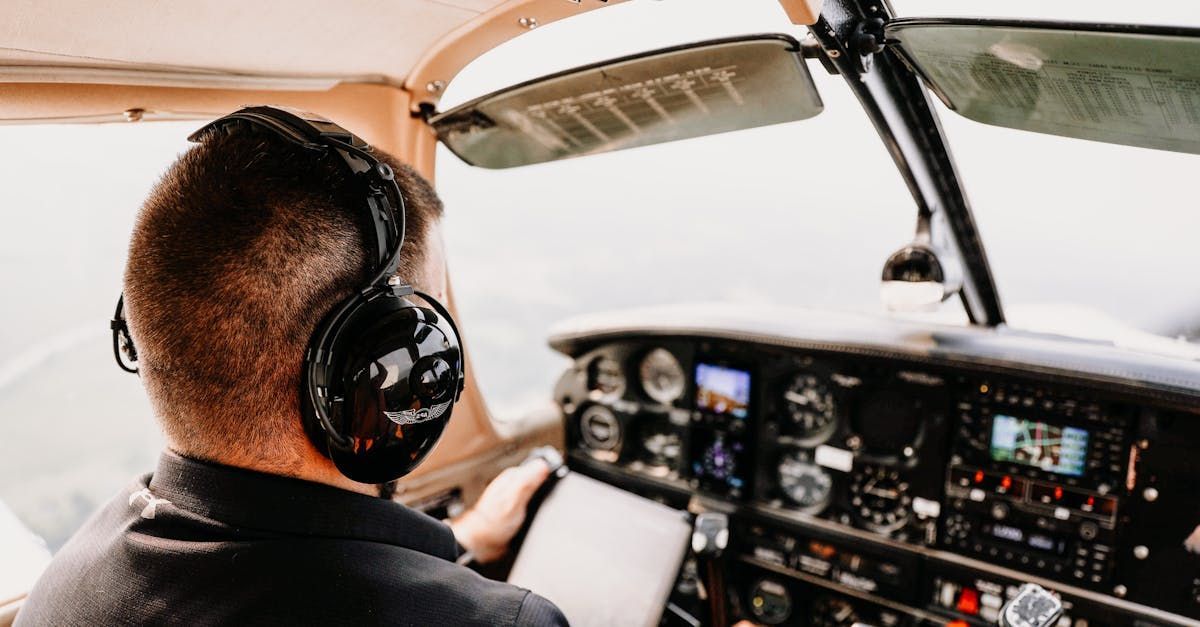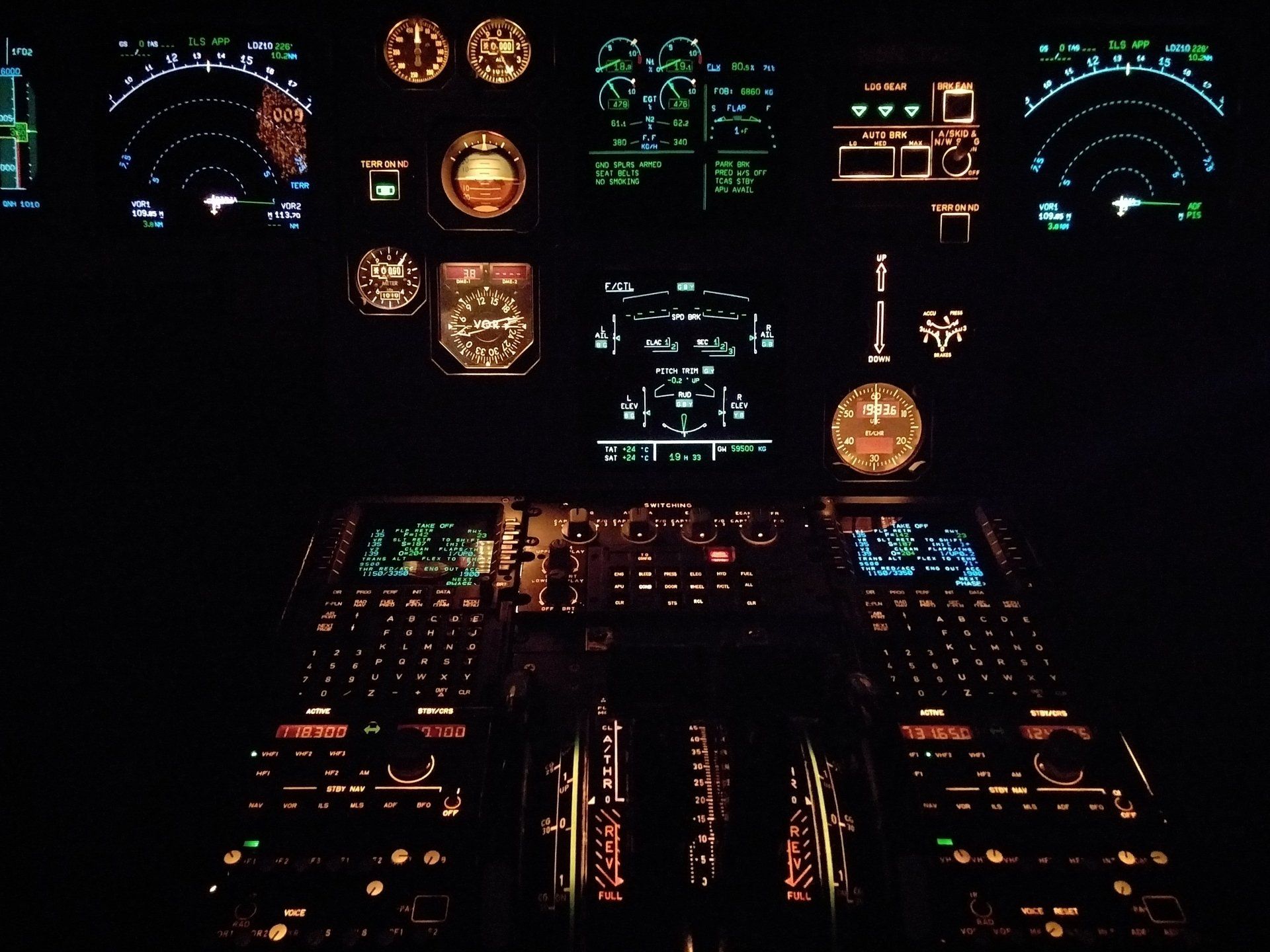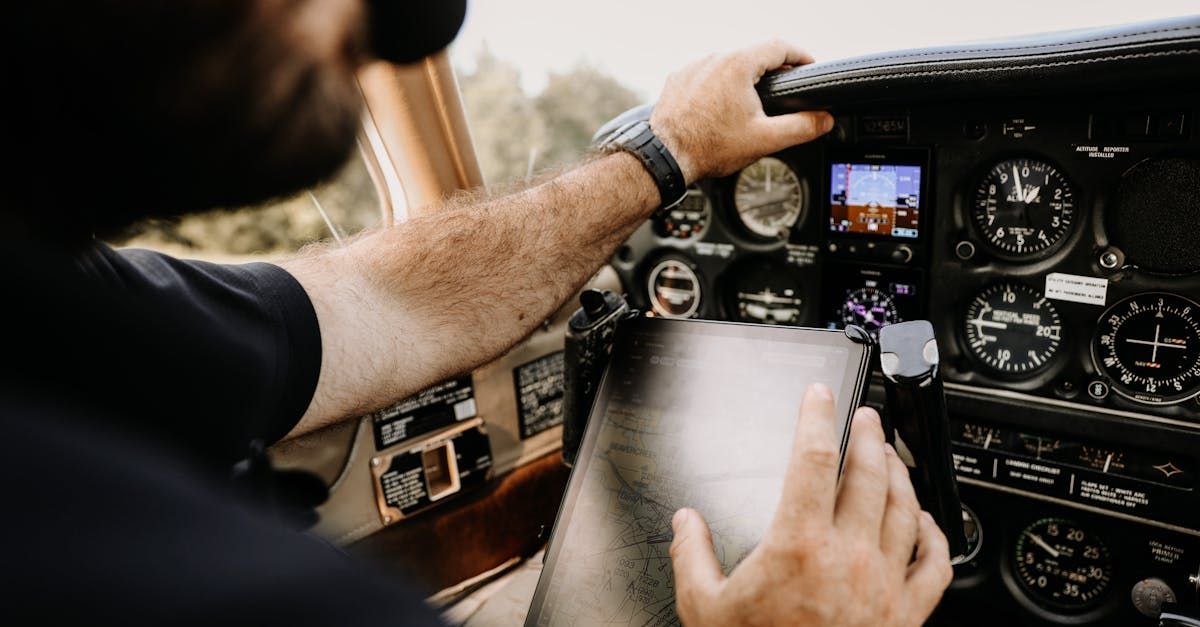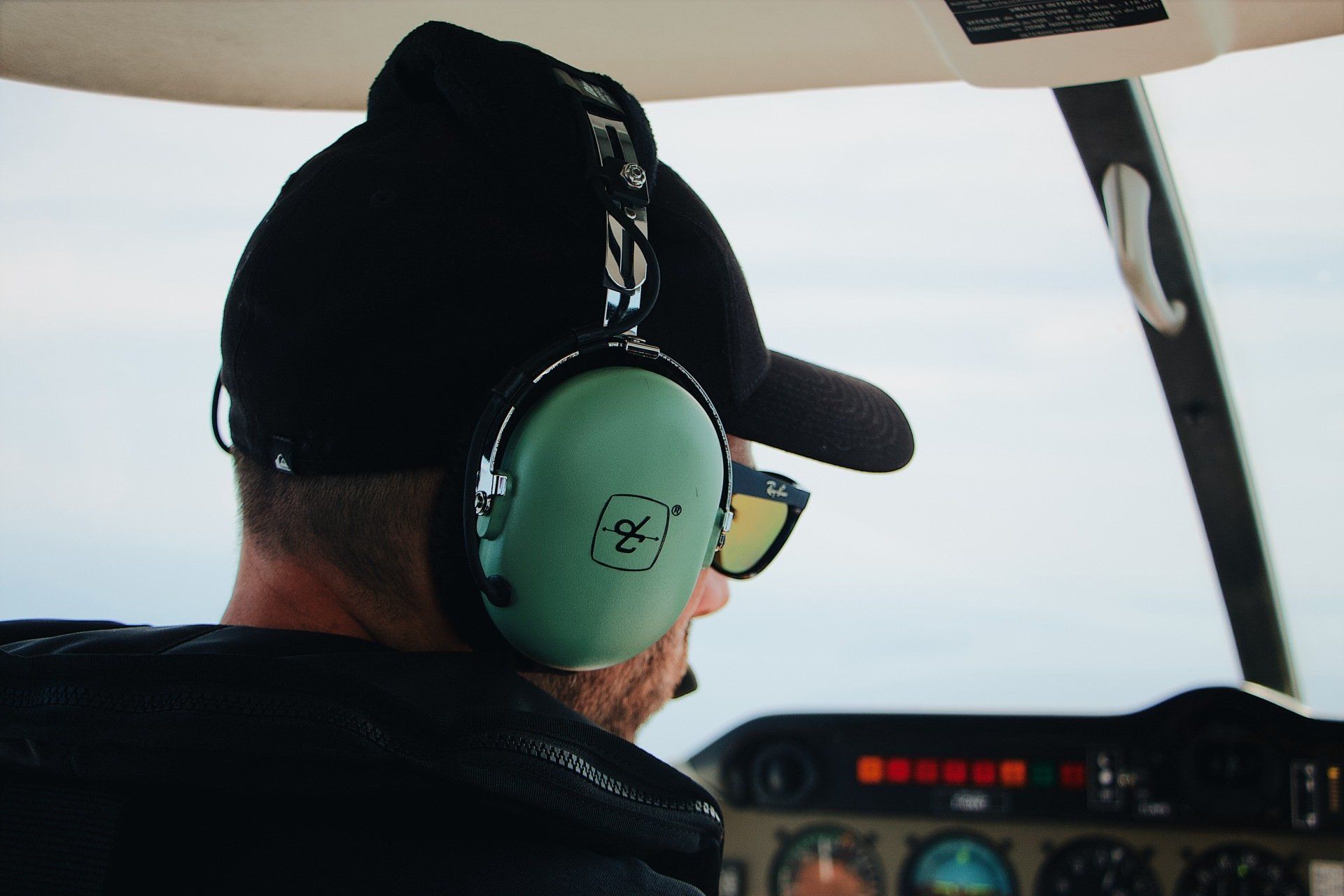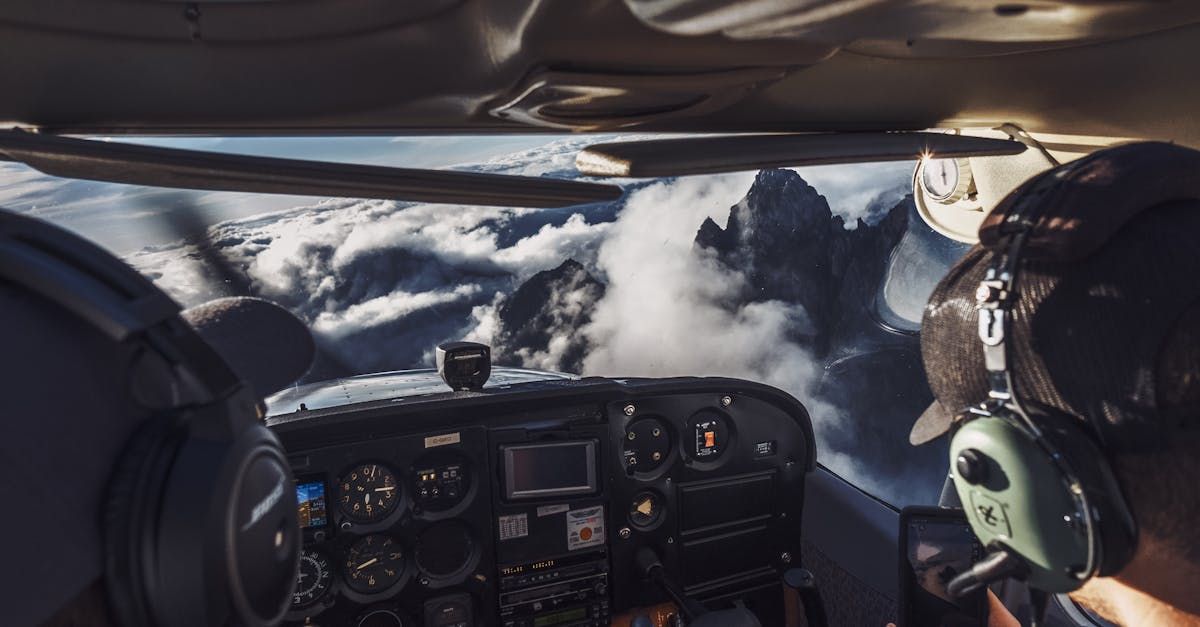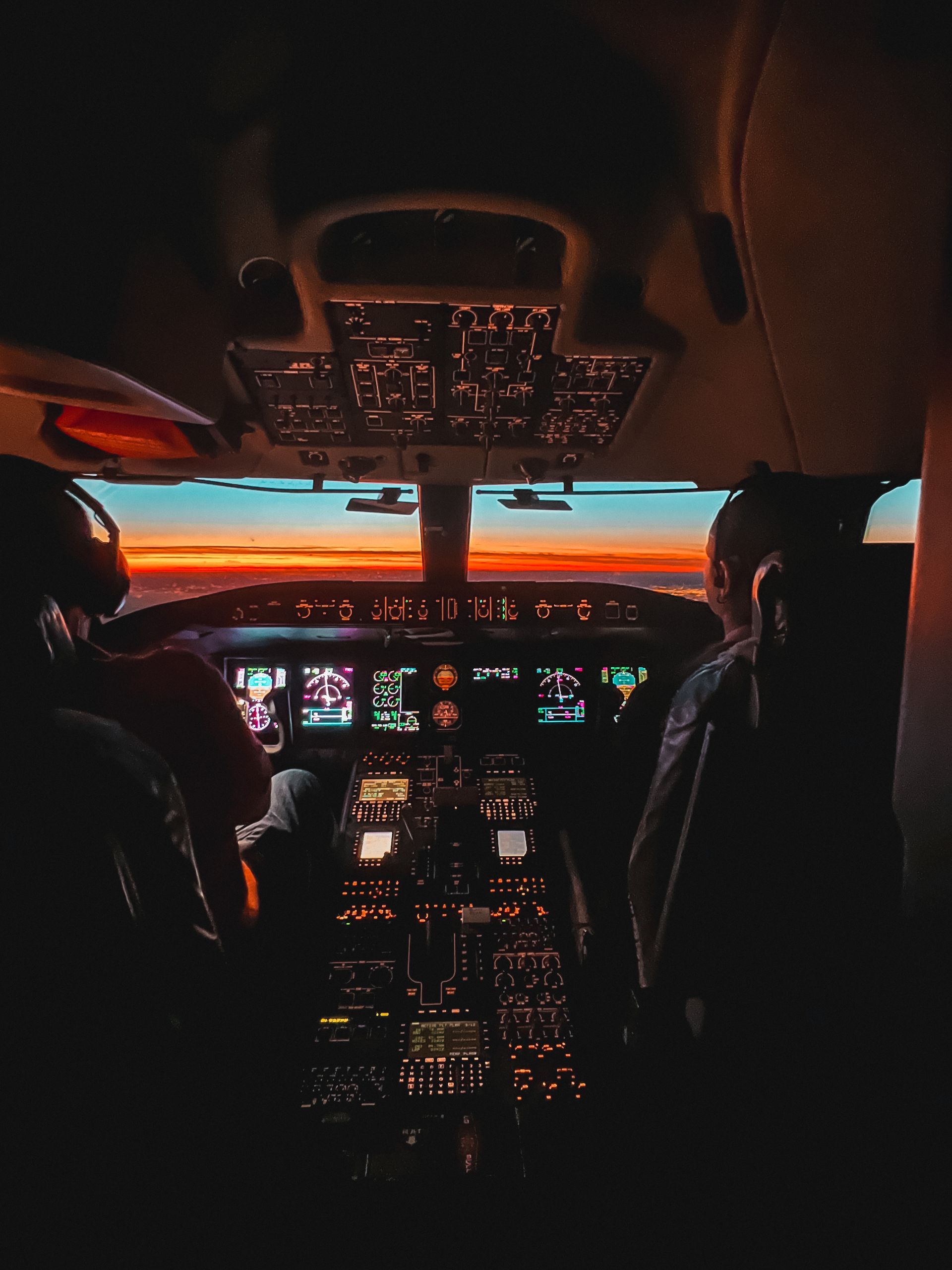Ingenious Ways to Fund Your Flight Training for a Commercial Pilot's License
Think outside the box to fund your flight training
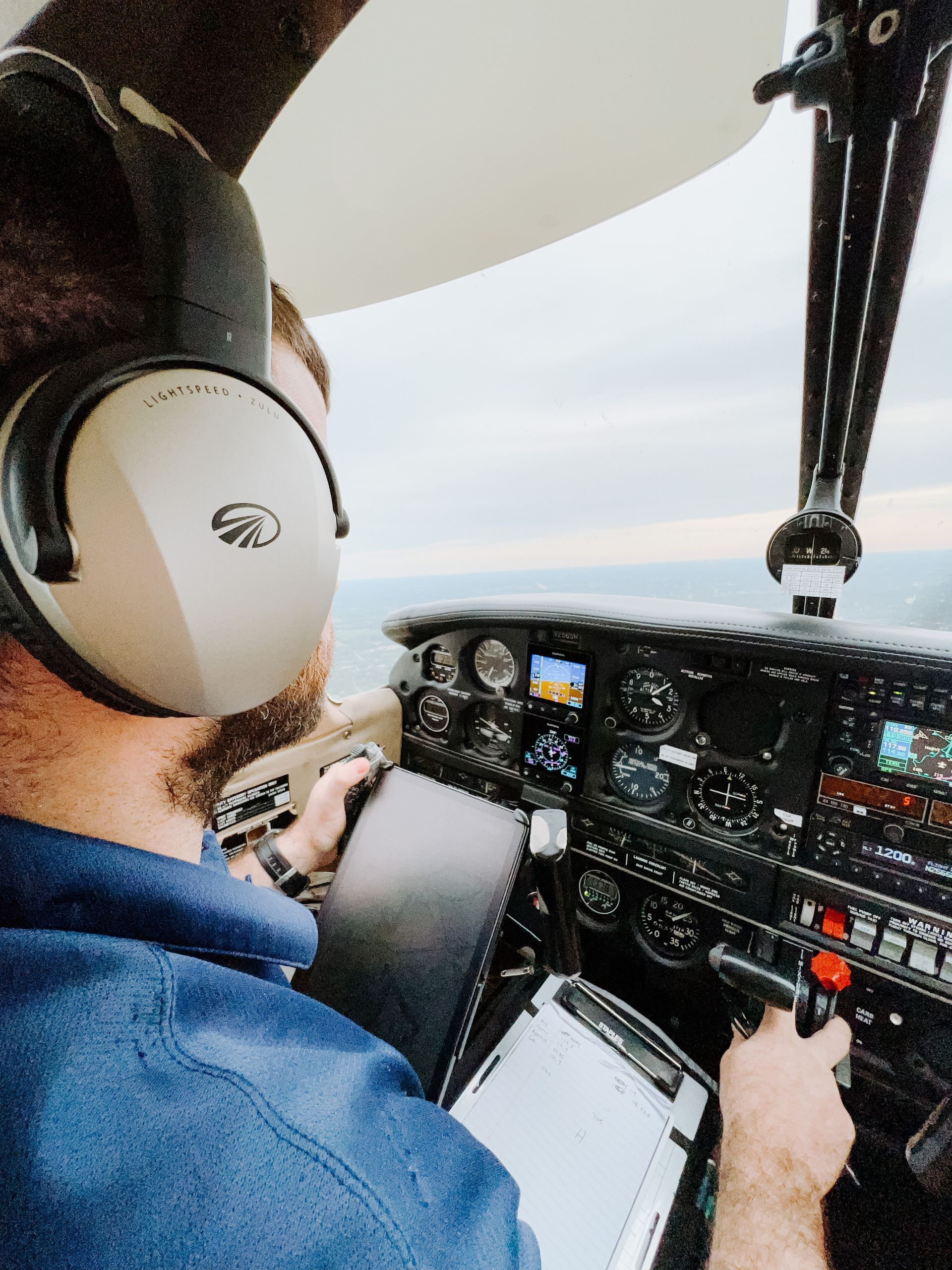
Earning a commercial pilot's license (CPL) is a goal shared by many aspiring aviators. However, the journey to the cockpit often involves substantial financial commitment. For those who dream of conquering the skies without breaking the bank, here are creative funding strategies that can help you earn extra money to pay for your flight training:
1. Become a Flight Instructor: Once you obtain your private pilot's license, you can work towards an instructor's certification. By teaching others to fly, you not only solidify your own knowledge and skills but also get paid for sharing your passion for aviation.
2. Remote Work Opportunities: Leverage the trend of telecommuting to engage in jobs that were traditionally office-bound. Positions in writing, graphic design, customer service, or IT support can often be performed remotely, offering flexible hours that allow you to earn an income while working around your flight training schedule.
3. Aviation Bursaries and Scholarships: Actively seek out scholarships or bursaries designed for aviation students. Organisations and clubs often provide financial aid to those pursuing a CPL. These funds can make a significant dent in training costs, and they don’t require repayment.
4. Monetise a Hobby or Skill: Do you have a talent for crafting, coding, or another marketable skill or hobby? Turn it into a side business. For instance, pilots with a knack for photography can sell aerial photos, while those who are good with their hands could create and sell aircraft models or aviation-themed artwork.
5. Shared Economy Services: Utilise shared economy platforms to generate additional income. If you own a car, consider rideshare driving during your spare hours. You can also list a spare room on accommodation rental sites or rent out your belongings that are in demand, such as camera equipment or bicycles.
6. Crowdfunding Campaigns: Why not appeal to the generosity of friends, family, or aviation enthusiasts who understand and support your dream? Personalised crowdfunding campaigns can attract donations from those who want to be a part of your aviation journey.
7. Aviation Content Creation: With a unique perspective as a pilot in training, you can create engaging content for blogs, YouTube, or podcasts. Offering insights about your flight training, aviation tips, and educational content can attract a following that generates income through advertising, sponsorships, or memberships.
8. Partner with Aviation Brands: Networking within the aviation industry may reveal opportunities to act as a brand ambassador for pilot gear, headsets, or training materials. In exchange, you might receive products, discounts, or even sponsorships that will aid in funding your CPL.
While funding your journey to a commercial pilot's license does require creativity and effort, these strategies demonstrate that with determination and resourcefulness, the dream to earn your wings is well within reach. Embrace a multifaceted approach to financing your flight training, and you'll be on your way to an exciting career in the skies.


